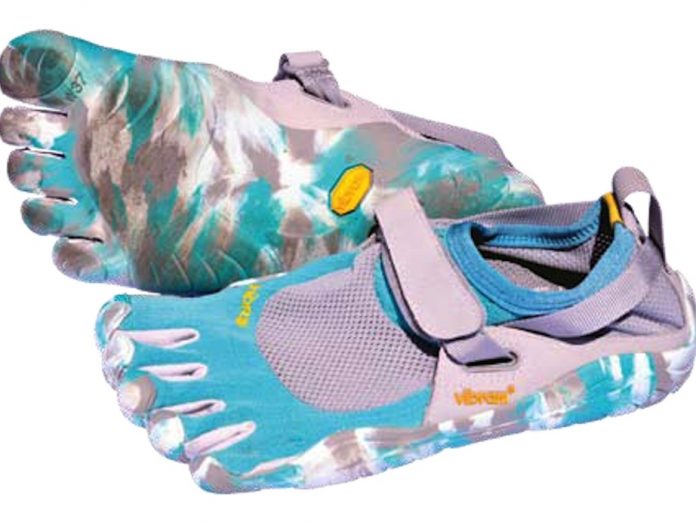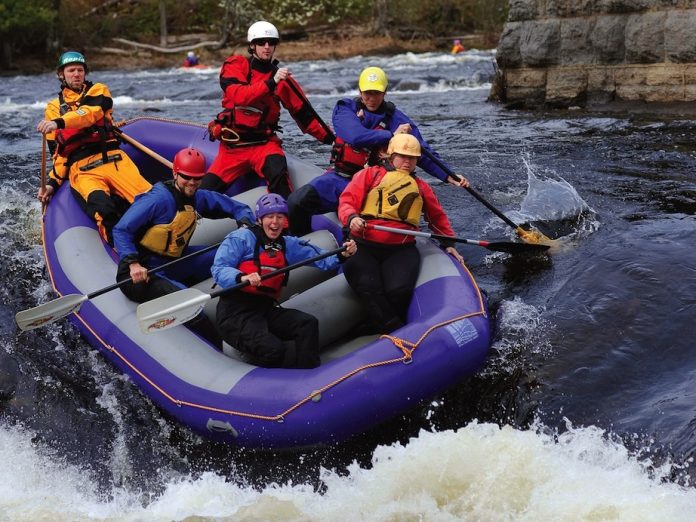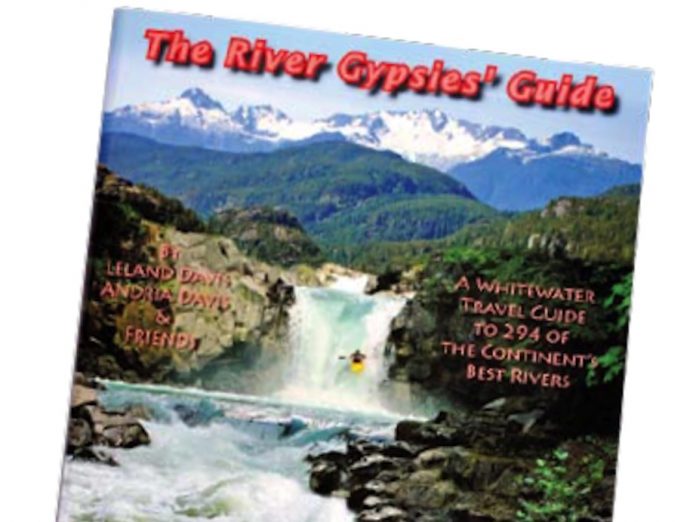It takes a few days to overcome the feeling of isolation and nervous fear you get sitting in a sea kayak 300 metres offshore in towering Atlantic Ocean swells. The return to shore involves navigating several lines of two-metre-high breakers. At low tide, when the overhead waves crash violently on shallow sandbars, the ride is even more harrowing. I spent Christmas Day tiptoeing along the edge of the surf zone, catching long rides in my 16-foot boat on glassy shoulders and handling the breakers with carefully executed side-surfs.
There’s a well-established tradition of Canadians trading snowy winters for sunnier climes. Paddlers are a part of this trend, but the mangroves of the Florida Everglades, the desert coastline of the Sea of Cortez or the Canyonlands of Utah don’t crawl with Canadians in the same manner as a Sarasota beach or Cancun nightclub. Roadtripping to your winter paddling destination offers its own unique advantages—like the benefit of bringing your own boats and having the mobility to arrange your own vehicle shuttles. And, there’s the enjoyment of the journey itself.
On a dark, cold December morning, my friend Craig shows up 15 minutes before the 6:00 a.m. departure time that he’d deemed two hours too late. His compact pickup truck is buried beneath three boats—a sea kayak, whitewater kayak and his surf kayak. As my wife, Kim, and I scramble to pack last-minute items and secure our four boats atop my equally half-size pickup, Craig tells us how he typically drives 16 hours a day.
“But I only slept a few hours last night,” he adds, “so we may have to stop an hour or two earlier today, if that’s okay?” Kim flashes a look of relief. With that, we hit the snowy northern Ontario highway, en route for five days of Christmas surf kayaking in the southern United States.
Craig has made a habit of this annual migration, driving south for two weeks of paddling when the grip of winter seems never-ending. To flip the pages of a Rand McNally atlas with him is to learn of the vast potential of winter paddling options: On one trip in the Florida Everglades he paddled at night through a minefield of alligators; another time he dodged board surfers at Cape Canaveral; and then there was the off-season island-hop he and a friend made to Ocracoke Island, North Carolina.
Two years ago, Craig and our friends Jorma and lorraine spent the holidays surfing ocean waves off the southern Outer Banks of North Carolina and whitewater boating on Appalachian rivers. The three of them (and two dogs) piled into roadside motels, bartering for discounted holiday rates and cranking bathroom thermostats to dry their gear. It was on this trip that Craig was given his Wave Terrorist CB handle for his reckless abandon for paddling, and Jorma and lorraine’s rusty Escort wagon became known as the Doghouse.
plans for a sequel came together seam- lessly. Jorma, who was previously featured as Adventure Kayak’s thrift store expert, Lorraine and the dogs would drive down a few days early to get their whitewater fix. Meanwhile, Craig, Kim and I hit the road to rendezvous in the town of Surf City on Christmas Eve. Trip goals were simple: Endless surf, lots of laughs and cheap accommodations.
Somewhere in Michigan, Craig gave us the dash-mounted GPS he’d borrowed for the trip. he said it was too hard to track the screen and drive at the same time.
From the cab of our truck, Kim became chief navigator, calling out directions and relaying them to Wave Terrorist by way of a Motorola walkie-talkie. Approaching Columbus, Ohio, in pre-Christmas rush hour, our convoy fell apart. Traffic thickened and sped up, exits blurred past and Craig’s truck was swallowed by a pulsing tide of last minute shoppers in SUVs.
“Wave Terrorist, you’re in the wrong lane,” blurted Kim as Craig disappeared up an off-ramp heading for downtown.
“I’ll find you,” was the only reply.
After an hour of waiting on the shoulder of I-270, Kim and I agreed to carry on. Then my last, shot-in-the-dark call for Wave Terrorist was acknowledged, albiet by garble.
Minutes later, Craig pulled over. Downplaying his adventurous lap of the Columbus’ city centre, he was ready to get back on the highway and make up time. After another navigational blunder amid a confusing network of highway junctions along the Ohio-West Virginia border, we eventually red-eyed to one-star accommodations south of Charleston, West Virginia, for the night.
If you drive a two-day, 2,000-kilometre diagonal from the great lakes across the Appalachian Mountains to the Atlantic seaboard, you’ll hit Surf City, North Carolina.
This tourist-trap town is located 150 kilometres north of Myrtle Beach, South Carolina, at the southern tip of a 300-kilometre-long strip of sandy islands that shield the U.S. Intracoastal Waterway from the outer coast. While the popular surf beaches of Cape hatteras and the northern Outer Banks yield larger, more reliable waves year-round, Surf City waves average over a metre in December. The town is less popular among turf-warring board surfers and is generally free of strong currents and sharks. For barely $100 per night, the five of us rented an apartment-style motel suite a stone’s throw from the ocean.
After 24 hours on the road, we emerged from the trucks, leaned into a northeast wind and gazed towards Bermuda. Jorma and Lorraine rolled in just after dark, overloaded with dogs, boats, wet paddling gear and a healthy selection of cheap beer, boxes of wine and a Mason jar of moonshine. With the wind whistling through the palm trees, surf lashing the beach and sugarplum fairies dancing in our heads we shared tales from the road.
We awoke the next morning to barreling waves and a deserted beach. A merry Christmas indeed.
By boxing day we were no longer the crazy Canadians obliviously battling chilly gale force winds. The swell became higher, the wave period longer and the surf less sloppy. Craig had a Zen moment when he skipped down the face of a glassy giant in his planing-hull surf kayak, carved a bottom-turn and peered into the black, foam-rimmed tube. Jorma ventured far offshore to ride the biggest breaks in his whitewater boat. Kim and lorraine shredded the foamy waves closest to shore. We all stumbled back to the motel exhausted.
By day three we fell into a surfer’s routine: Breakfast, morning session, lunch, afternoon session, and then an evening-long happy hour at the motel.
I eventually let myself believe that the dozens of dorsal fins cutting the water offshore were only dolphins, and I figured out more aggressive ways to handle the intimidating breakers. On our last day, the waves were so clean that we could hardly bear scampering to shore to sponge out the bilge. happy hour for me happened on the water, when the low-angle sun caused the waves to sparkle and steep breakers cartwheeled my sea kayak end over end. The foaming waves were soft and forgiving, begging me for just one more ride. Until the sun set, I obliged, rolling up and punching out for that final glorious surf.
Conor Mihell is a writer based in Sault Ste Marie, Ontario.
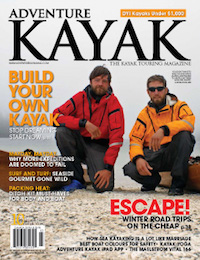 This article first appeared in the Summer/Fall 2010 issue of Adventure Kayak Magazine. For more great content, subscribe to Adventure Kayak’s print and digital editions here.
This article first appeared in the Summer/Fall 2010 issue of Adventure Kayak Magazine. For more great content, subscribe to Adventure Kayak’s print and digital editions here.



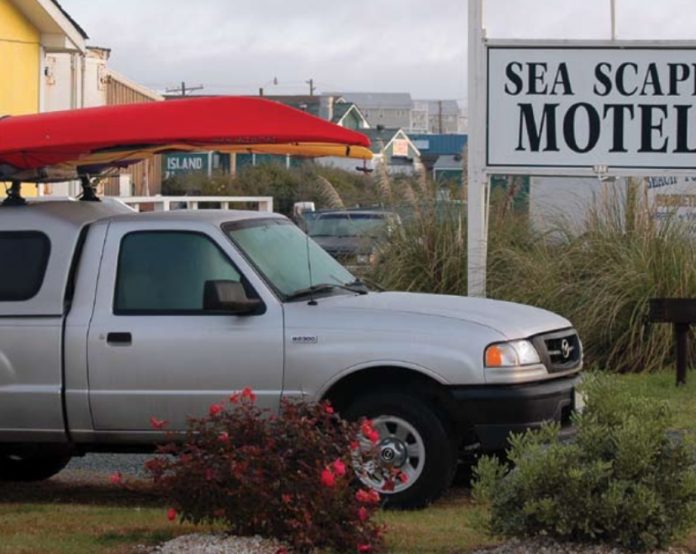
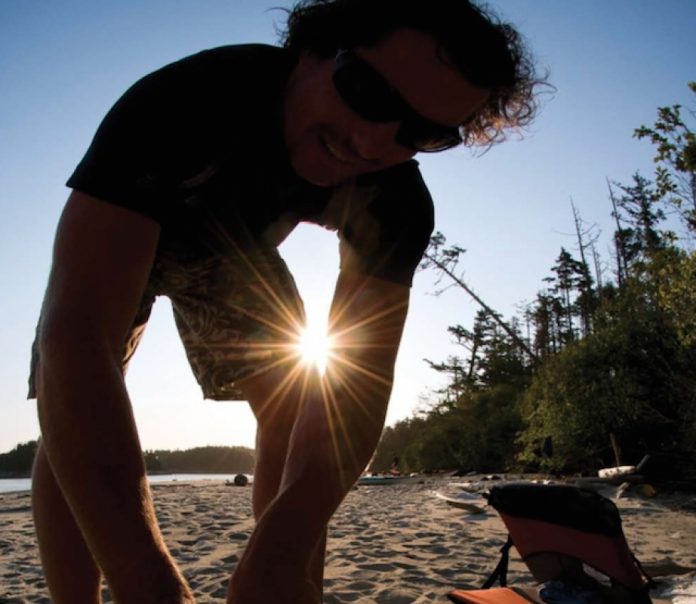
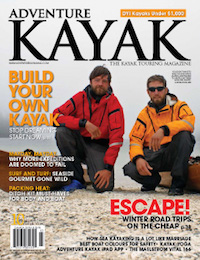 This article first appeared in the Summer/Fall 2010 issue of Adventure Kayak Magazine. For more great content, subscribe to Adventure Kayak’s print and digital editions
This article first appeared in the Summer/Fall 2010 issue of Adventure Kayak Magazine. For more great content, subscribe to Adventure Kayak’s print and digital editions 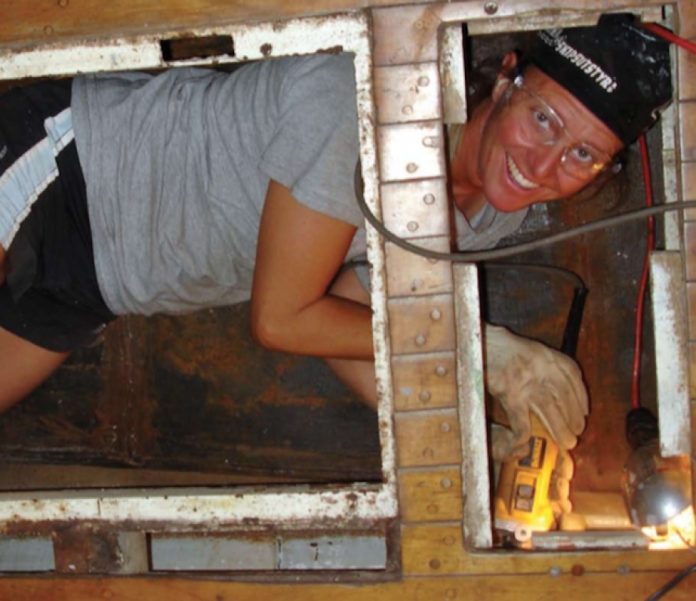
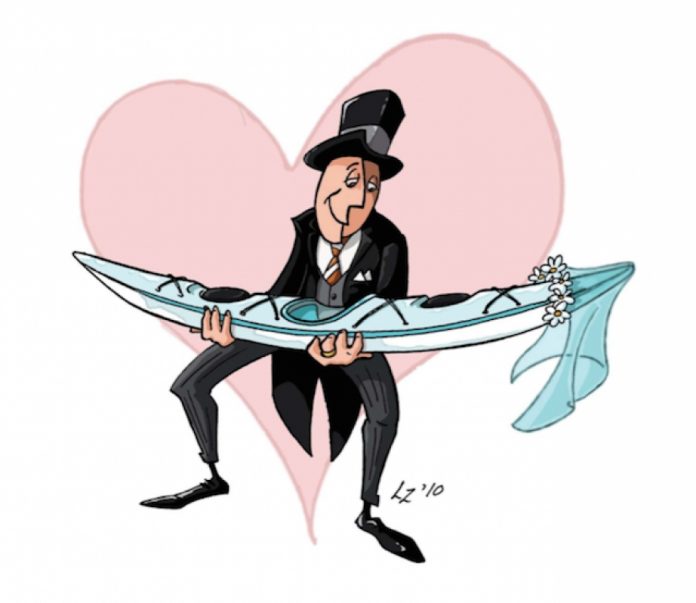
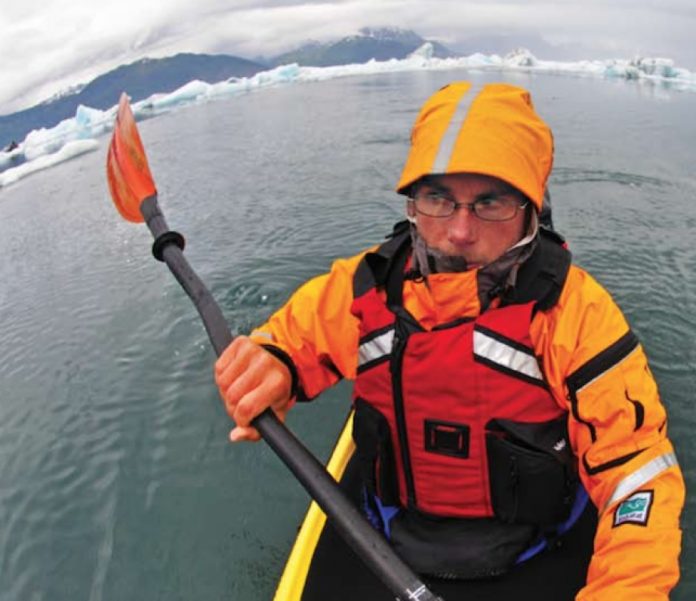
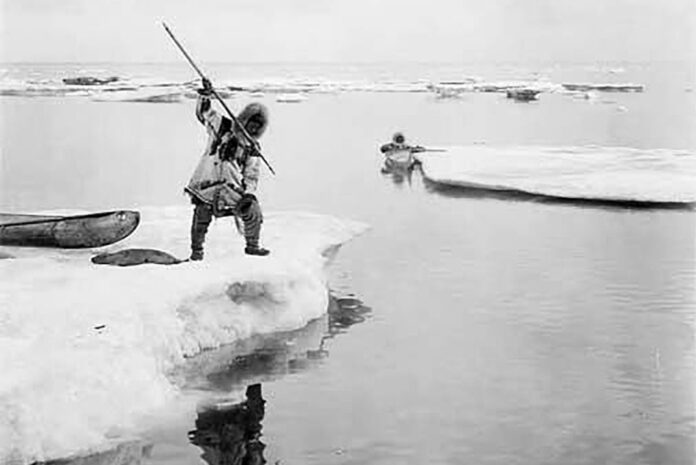
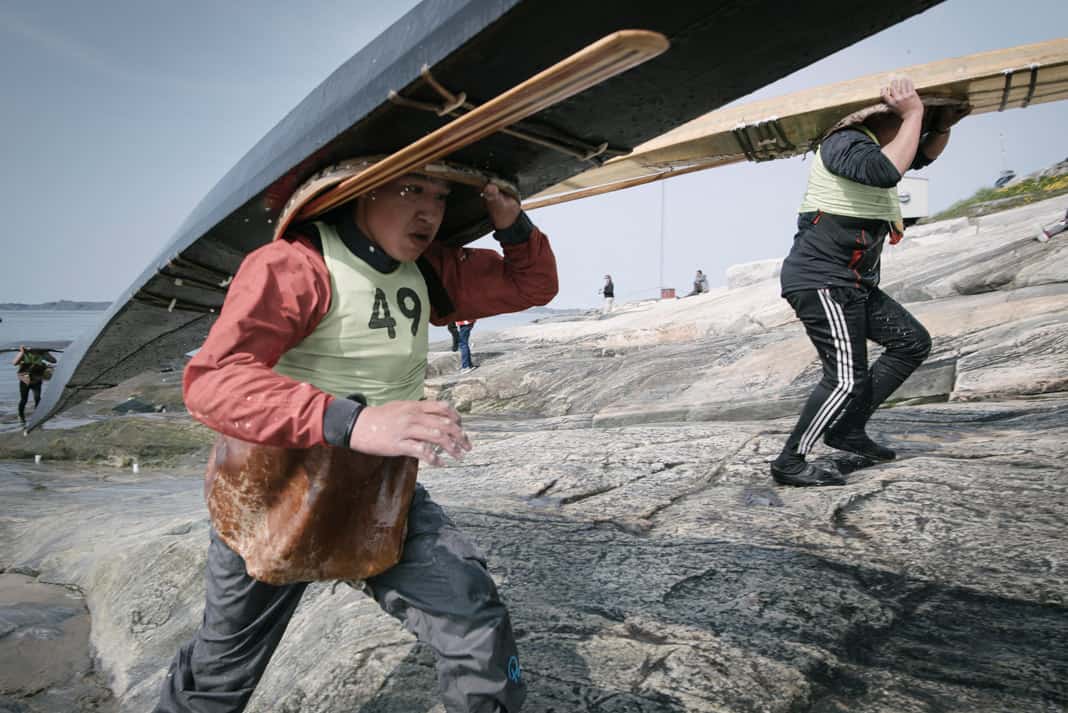
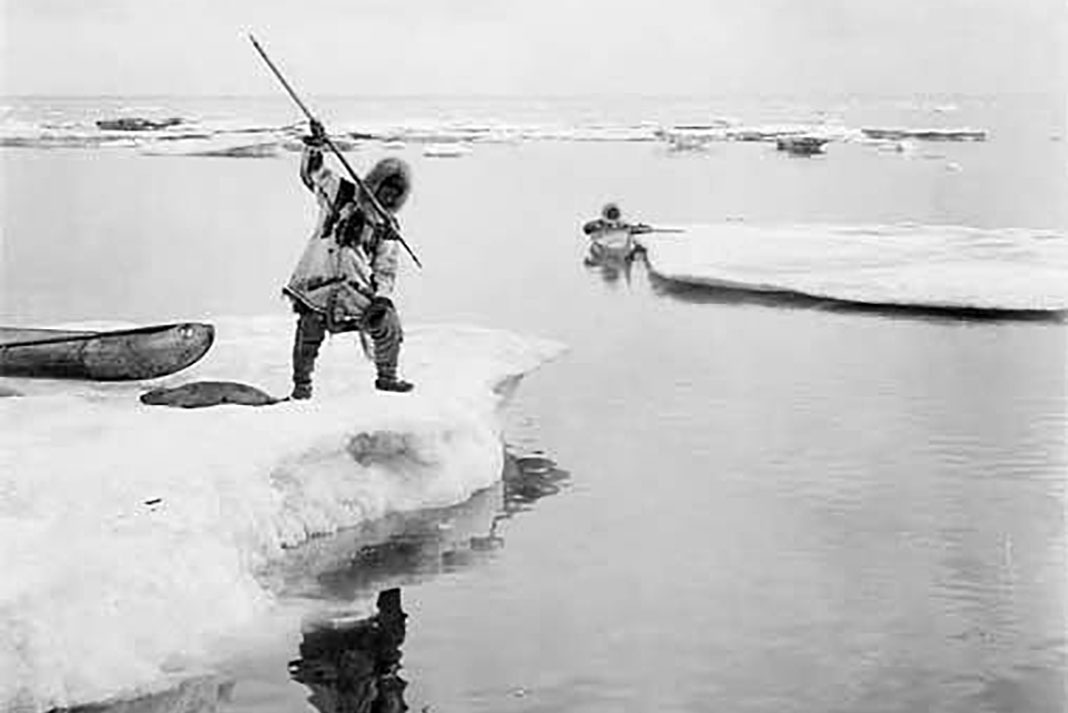
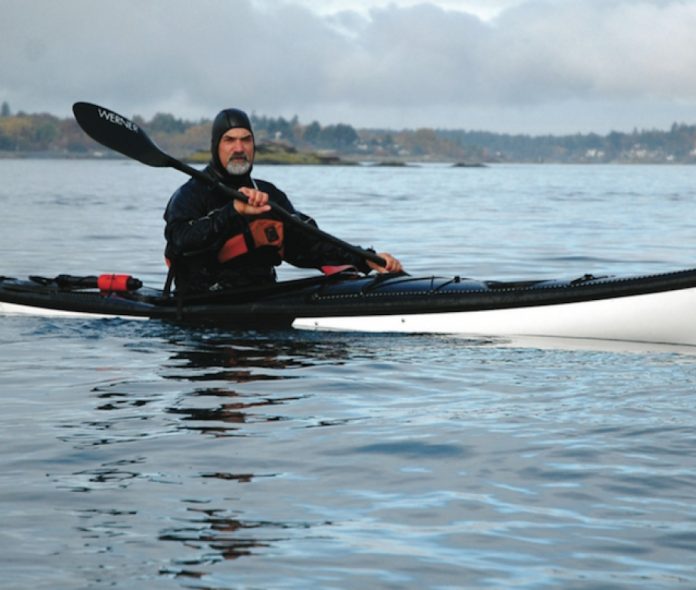
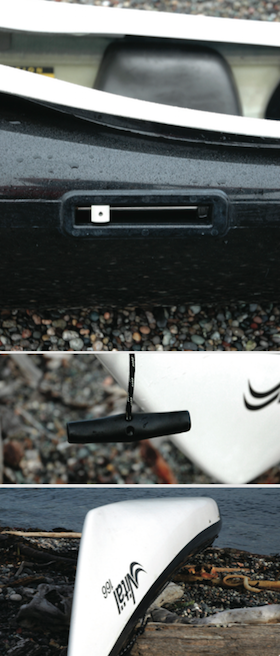 An order of skeg on the side
An order of skeg on the side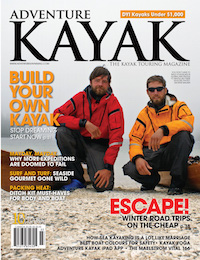 This article first appeared in the Fall 2010 issue of Adventure Kayak magazine. For more boat reviews, subscribe to Adventure Kayak’s print and digital editions
This article first appeared in the Fall 2010 issue of Adventure Kayak magazine. For more boat reviews, subscribe to Adventure Kayak’s print and digital editions 